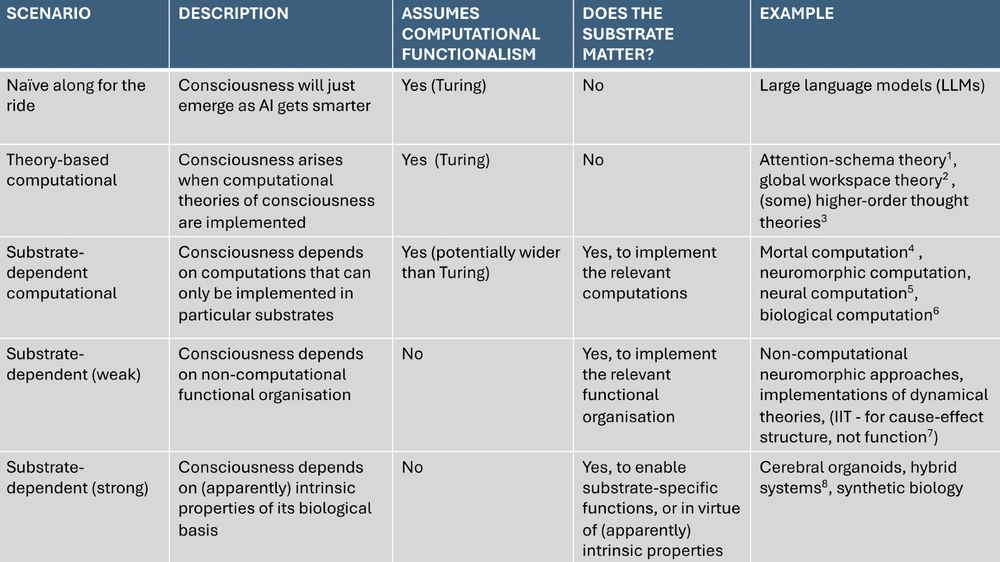Joel Snyder
@auditoryjoel.bsky.social
670 followers
1.3K following
170 posts
Professor of Psychology @ UNLV. Associate Editor for @jephpp.bsky.social. Researching #Music/ #Auditory Cognition since the last century. Helped found UNLV's Neuroscience Ph.D. program and served as director until July 2022.
Posts
Media
Videos
Starter Packs
Pinned
Reposted by Joel Snyder
Joel Snyder
@auditoryjoel.bsky.social
· Sep 7
Joel Snyder
@auditoryjoel.bsky.social
· Sep 6
Reposted by Joel Snyder






